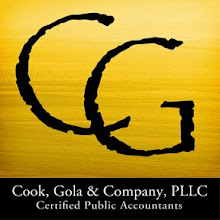The first site to pop up on my search was http://www.myfdicinsurance.gov/. The site prominently displays the following picture:

What exactly does FDIC insurance entail? If you’re like many Americans, you may have been under some common misconceptions. Here’s what you need to know:
FDIC stands for Federal Deposit Insurance Corporation. It is an independent agency of the federal government that was created in 1933 to insure deposits in banks and thrift institutions. Interestingly enough, no depositor has lost a single penny of insured funds since the program was created.
Misconception #1: The FDIC insurance limit is $100,000.
Good news. The limit was upped to $250,000. This means that for each “ownership category” (single, joint, revocable trust, retirement account, etc.), you are insured up to the basic limit of $250,000. So, if you have deposits in three of the categories, you qualify for up to $750,000 in coverage.
Misconception #2: Having multiple bank accounts increases your coverage.
Dividing money into multiple bank accounts does NOT increase your coverage. For example, let’s say that Sue has a checking account and a savings account at the same bank. Both accounts are in her name only. She has $150,000 in checking and $200,000 in savings. Even though she has $350,000 in the bank, she is only insured up to $250,000. Keep in mind, if Sue instead had a single account with $150,000 and a joint account with $500,000 (shared with husband Joe), Sue would be insured for $400,000 ($150,000 + ½ joint account up to $250,000). Sue could also increase her coverage by having accounts at different banks, even if they are in the same account class.
Misconception #3: The FDIC does not pay out the insurance in a timely manner.
Federal law requires the FDIC to pay deposit insurance as soon as possible. Often, this means making the funds available on the first business day after the bank is closed. In addition, depositors may also be able to recover some or all of the uninsured portion of deposits, depending on how much the FDIC recoups from selling the bank’s assets. Unlike insured recovery, uninsured recovery can take up to two years.
As the picture says, “Don’t bank on your mattress”. Structure your accounts properly and get a good night’s rest knowing your money is federally insured.



No comments:
Post a Comment